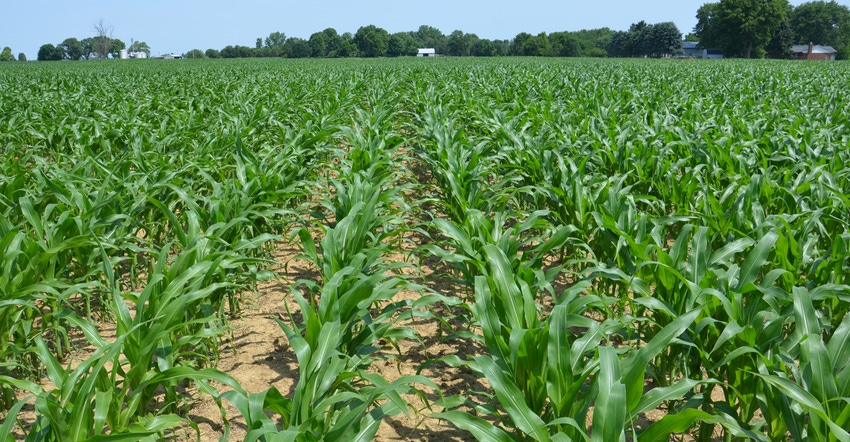
The average price of anhydrous ammonia across Illinois was reported as $612 per ton in mid-January, according to USDA’s Illinois Production Cost Report. That’s considerably higher than you might have paid a year ago. Is it high enough to cause you to switch sources of nitrogen?
Bob Nielsen, Purdue University Extension corn specialist, says no. If anhydrous ammonia is your source of nitrogen, he advises sticking with it.
“It’s still the cheapest source of nitrogen per pound of nitrogen,” Nielsen says. “Anhydrous is still cheaper per pound of N than urea or liquid nitrogen. This relationship has held up for decades, even as prices of various products moved up and down.
“Farmers and retailers get caught up talking about cost per ton of nitrogen product. We strongly suggest thinking in terms of cost per pound. Then you’re comparing apples to apples.”
That assumes a pound of nitrogen to the corn plant is a pound of nitrogen, no matter where it comes from. Nielsen believes that’s how the plant sees it.
Anhydrous ammonia applied in the spring has an advantage over urea and liquid N, he notes. It’s related to delayed risk of losing soil N before the plant grabs it, not what the plant does with it. “Anhydrous ammonia is toxic within a zone about 6 inches in diameter around where it’s applied,” he explains. “Bacteria and other microbes return within a few weeks. Due to that fact, anhydrous acts as its own inhibitor, even without a nitrogen stabilizer.
“Compared to urea and liquid nitrogen, where part of the N is in a form more subject to losses, the slower rate of conversion to those forms holds until the bacterial population rebuilds around the application zone.”
Nitrogen math
Jim Camberato, Purdue Extension soil fertility specialist, prepared a table so you can compare price per pound of various N sources. Simply plug in the price per ton of product, and you see the corresponding price per pound of nitrogen supplied by the product.
Find the full table over a wider range of prices online. A shorter version is available in the Purdue Corn and Soybean Field Guide.
Here’s an example using the chart below. On the day anhydrous was $612 per ton, urea was $403 per ton and liquid 28% N was $287 per ton. Analysis for the three products are 82-0-0, 46-0-0 and 28-0-0, respectively. In a ton of each product, you get: 1,640; 920 and 560 pounds of nitrogen, respectively.

As the chart shows, at $612 per ton, nitrogen in anhydrous is about 38 cents per pound. With urea at $403 per ton, it’s about 43 cents per pound, and with 28% N at $287, it’s around 51 cents per pound. To find true cost, pencil out cost per pound of nitrogen, Nielsen emphasizes.
“There are safety issues with anhydrous ammonia application,” Nielsen acknowledges. “Some people choose to have it custom-applied. Just looking at cost per pound of N, it’s still the cheapest source.”
About the Author(s)
You May Also Like




